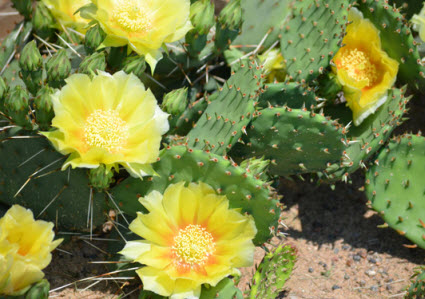Click below to listen to my Garden Bite radio show: My butterfly garden and other natives
I planted a butterfly garden earlier this year. The rabbits got some of that too. They’re prolific enough this year that I’ve contemplated severe measures, but I don’t think it’s legal in my neighborhood! Anyway, there are some species growing as you can see! I bought 48 plants from my County Soil and Water Conservation District.
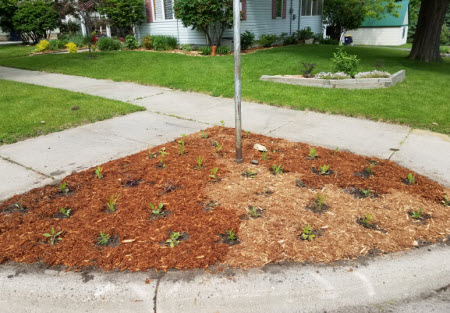
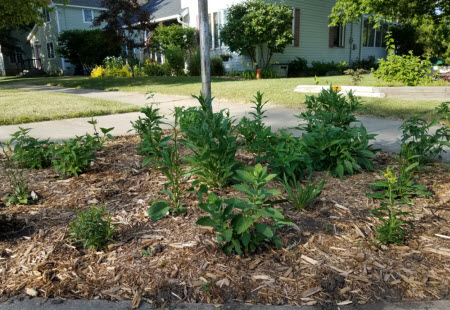
Here’s a LINK to my May Garden Bite on the above garden with cost and exactly what plants are in it.
I also wanted to share some of the amazing native options for our area. First up, Purple Lovegrass. That link will take you to a native supplier for Wisconsin. Prairie Nursery. Prairie Moon Nursery is based in Minnesota. You’ll find MUCH the same plants! This darling grass offers up rosy-purple little flowers above spiky foliage from now through Fall. It grows to about 2 feet tall and likes full sun and a drier soil. It’s a bunch grass and grows in clumps of about 10 inches. It’s lovely as a border or mass planting. And is deer resistant! Maybe rabbits too??
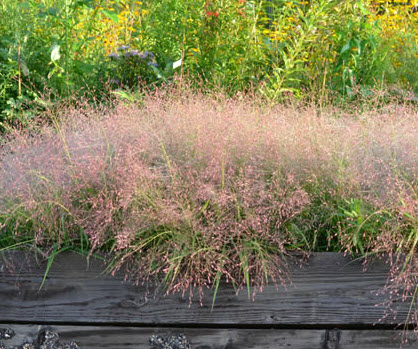
Prairie Onion is not favored by the bunnies, BONUS, strategically placing this in the landscape may even protect other plants. I think I’ll try this! Prairie Onion blooms from now into early Fall. It grows up to 2 feet tall and 1 foot wide and likes full sun to part shade. The soft purply pink flowers also attract butterflies and bees. By the way, the bulbs of wild onions are edible.
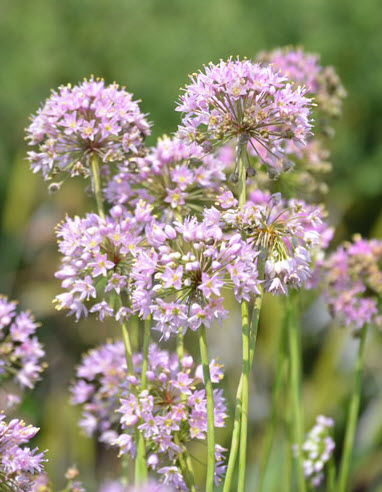
For something completely different, try Eastern prickly pear cactus. Yes, a cactus that’s not only able to grow here but is a native to the upper midwest! Look for the latin name, ‘Opuntia humifusa’. If you have a hot, dry, sandy spot then try the prickly pear. From June to July, the cactus puts out some of the most stunning flowers. Bathed in bright yellow, the 3″ wide blooms are immediately set upon by a myriad of different pollinator species. Beetles, bees, and butterflies, this plant attracts them all. After flowering, the pads produce bright red, edible fruits that are almost as attractive as the flowers.
